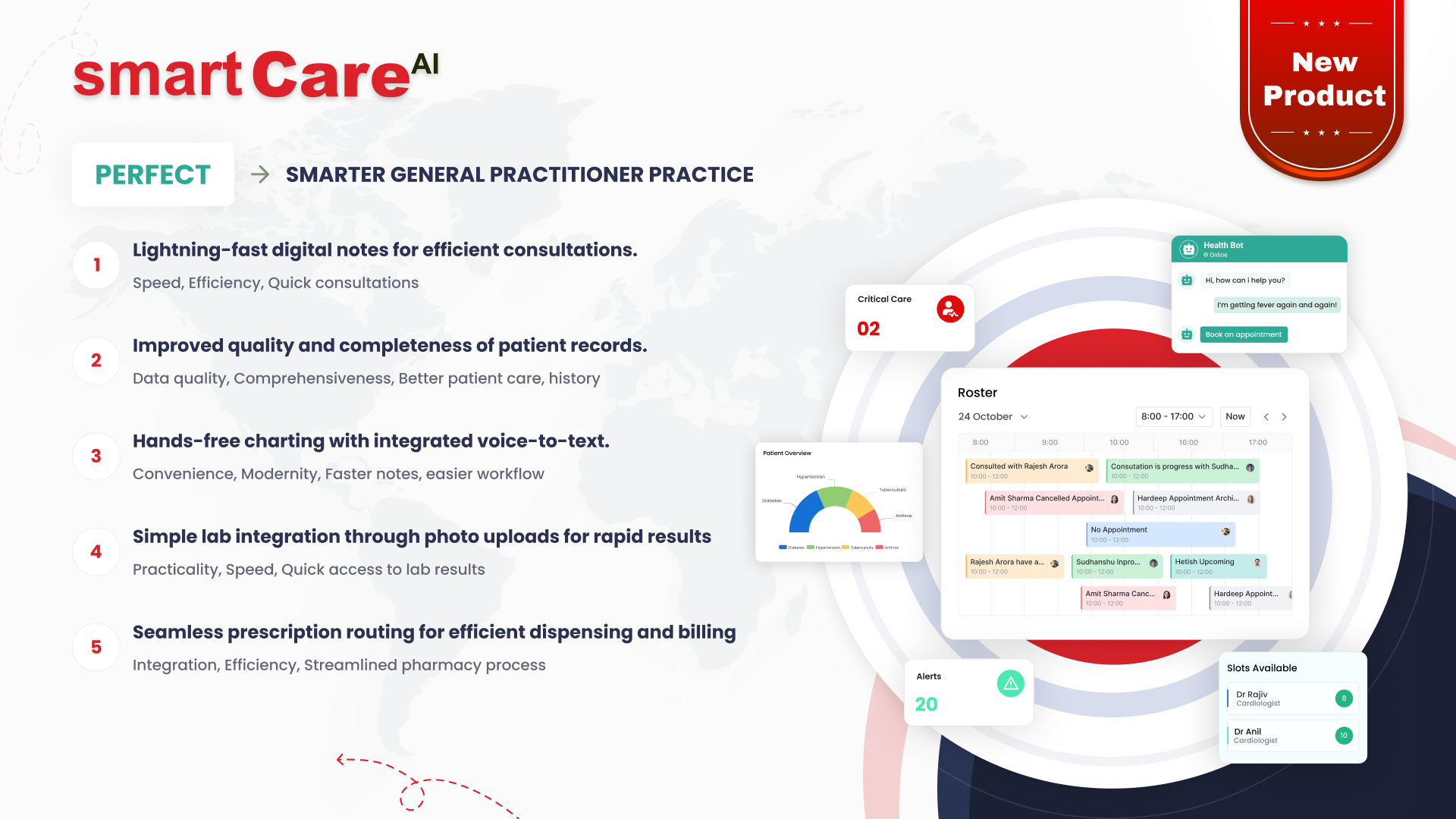
Posted On November 18, 2025
How RPA (Robotic Process Automation) Is Streamlining Business Operations
Robotic Process Automation (RPA) has become a powerful tool for organisations looking to improve efficiency and reduce manual effort. By automating routine tasks, businesses gain more time, accuracy, and control over everyday operations. Below, we explore how RPA is reshaping workflows and supporting smarter business outcomes.
Understanding the Growing Role of RPA in Modern Businesses
RPA is increasingly being adopted across industries because it offers a practical way to automate repetitive and rule-based tasks. From data entry to report generation, software robots can perform many processes faster and more consistently than humans.
What makes RPA valuable is its ability to work with existing systems without the need for major changes. This allows businesses to adopt automation gradually and benefit from improved efficiency almost immediately.
Automating Repetitive Tasks for Faster Workflows
Many departments spend a significant amount of time on tasks such as updating spreadsheets, transferring information between systems, and processing standard forms.
RPA takes over these repetitive actions, completing them in seconds and with minimal supervision. This speeds up workflows and ensures important work is delivered on time. By removing manual steps, teams can achieve smoother operations and quicker output.
How RPA Reduces Human Error and Improves Accuracy
Manual work often leads to mistakes, especially when teams handle large volumes of data. RPA helps remove this risk by following predefined rules and carrying out tasks the same way every time. This improves the accuracy of financial reports, customer records, billing, and other essential processes. When errors drop, overall productivity increases and businesses gain more reliable information for decision-making.
Enhancing Productivity by Freeing Teams from Manual Work
RPA enables employees to focus on more meaningful tasks instead of routine data entry or administrative work. With less manual burden, teams can concentrate on strategic planning, problem-solving, and customer support. This shift not only increases productivity but also helps create a more motivated and engaged workforce. Employees feel more valued when they can use their skills for tasks that truly matter.
Cost Savings Through Smarter Automation
By reducing manual effort, cutting down on errors, and improving process speeds, RPA leads to long-term cost savings. Businesses spend less on rework, overtime, and labour-intensive tasks.
Moreover, RPA does not require major infrastructure investments. It can be implemented gradually, making it a cost-effective solution for organisations of all sizes.
Better Compliance with Consistent, Rule-Based Processes
Compliance is a major concern for businesses, especially those working in finance, healthcare, insurance, and legal sectors. RPA helps by following predefined rules with complete accuracy. Every automated action is recorded, making audits easier and more transparent. Since bots work the same way every time, there is less risk of missed steps, incorrect entries, or non-compliant actions. This consistency ensures organisations meet regulatory standards without adding pressure to internal teams.
Real-Time Data Processing for Quicker Decisions
Fast access to accurate data is essential for effective decision-making. RPA supports this by quickly processing large amounts of information from different systems.
Whether it is updating records, extracting data, or generating reports, automated workflows help leaders act on insights much faster. This reduces delays, improves forecasting, and strengthens overall business planning.
How RPA Strengthens Customer Service and Response Time
Customer service teams often handle repetitive tasks such as updating information, checking account details, and responding to common queries. RPA streamlines these processes by quickly retrieving data and completing routine requests, allowing staff to focus on more personalised support. The result is faster response times, fewer backlogs, and a smoother customer experience. With routine tasks managed in the background, teams can provide service that is more attentive and effective.
Seamless Integration with Existing Business Systems
Many businesses hesitate to adopt new technologies because they fear disruption. RPA overcomes this challenge by integrating easily with existing software, legacy systems, and databases without requiring major changes. Bots can work with multiple platforms at once, ensuring information flows smoothly across departments. This flexibility means organisations can enhance their operations without redesigning their entire IT infrastructure.
Preparing Your Organisation for the Future of Automation
As automation continues to evolve, businesses that adopt RPA today are better positioned for future advancements in AI and machine learning. RPA lays the foundation for smarter, more connected processes. It helps organisations understand their workflow patterns, identify bottlenecks, and prepare for more advanced digital solutions. With the right strategy, RPA becomes a stepping stone towards long-term digital transformation and sustainable growth.
Conclusion
RPA is transforming business operations by increasing efficiency, reducing errors, and freeing teams to focus on higher-value work. Its ability to integrate with existing systems and deliver quick results makes it a practical choice for organisations looking to modernise their processes. To explore how automation can support your business goals, visit https://smartdatainc.com/.
